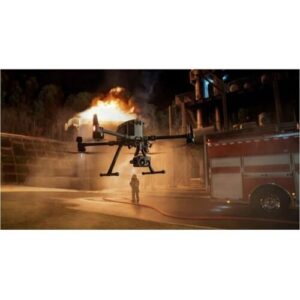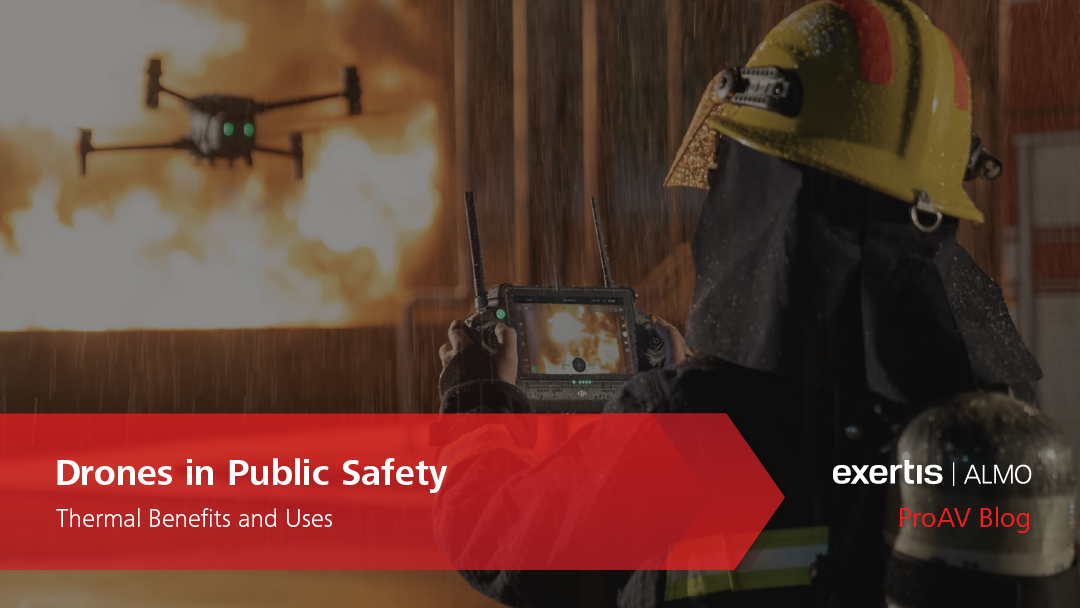Introduction
Alongside the dynamic and rapidly evolving technology of Unmanned Aircraft Systems (UAS), or drones, are numerous potential applications. An effect of this evolution of technological capability is the adoption of more refined payload technologies. Beyond typical RGB Cameras, the UAS industry is experiencing the incorporation and integration of far more advanced technologies like Multi-Spectral, LiDAR, Infra-Red, Thermal, etc. This translates to greater diversity, utility capabilities, and adoption of these aircraft within developing verticals.
UAS Tech in Public Safety Overview
One of the prominent verticals that receives immediate benefits of the advantages of UAS is Public Safety. With the adoption of UAS technologies, first responders can immediately expand, complement, and enhance their capabilities.
 Thermal
Thermal
Up front, the immediate obvious use of UAS in public safety is their imaging capabilities. Something as simple as having a camera providing situational awareness can be of immense value in responding to calls. With the reduction in the cost and size of thermal cameras, this benefit is doubled – providing access to additional information.
What Is Thermal and Why Does it Matter for Public Safety?
Thermal imagers measure the emissivity of an object. Emissivity is the measurement of how much heat is radiating from an object. Almost everything on Earth is emissive, and the difference between the temperature of objects is where thermal imaging shines. From a public safety standpoint, this translates to locating lost persons in low light conditions and finding hot spots in firefighting.










